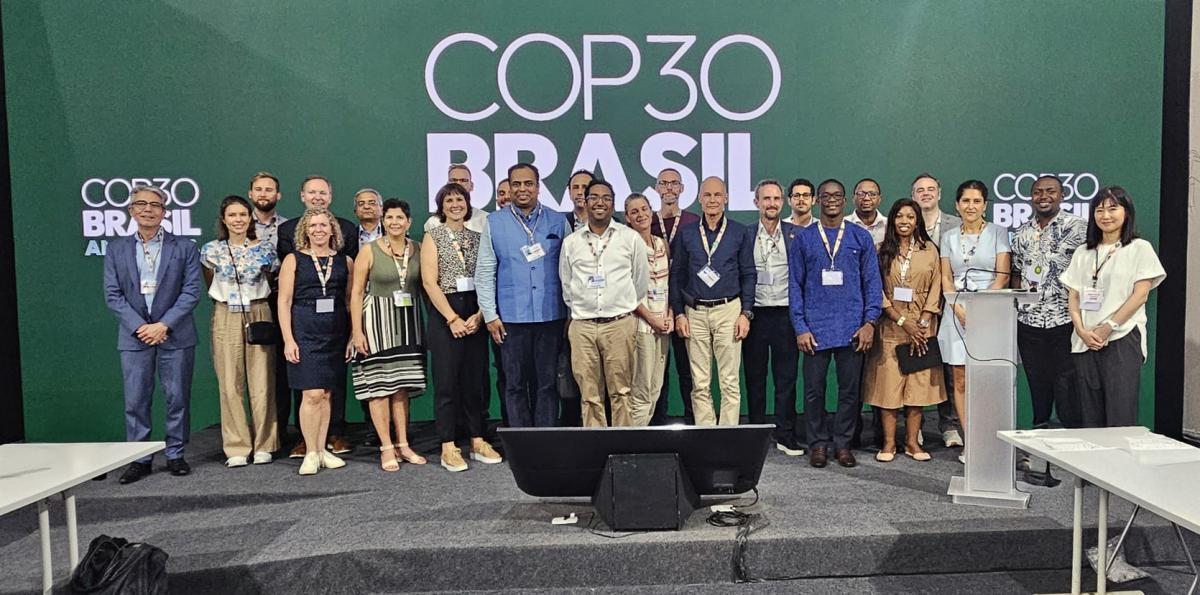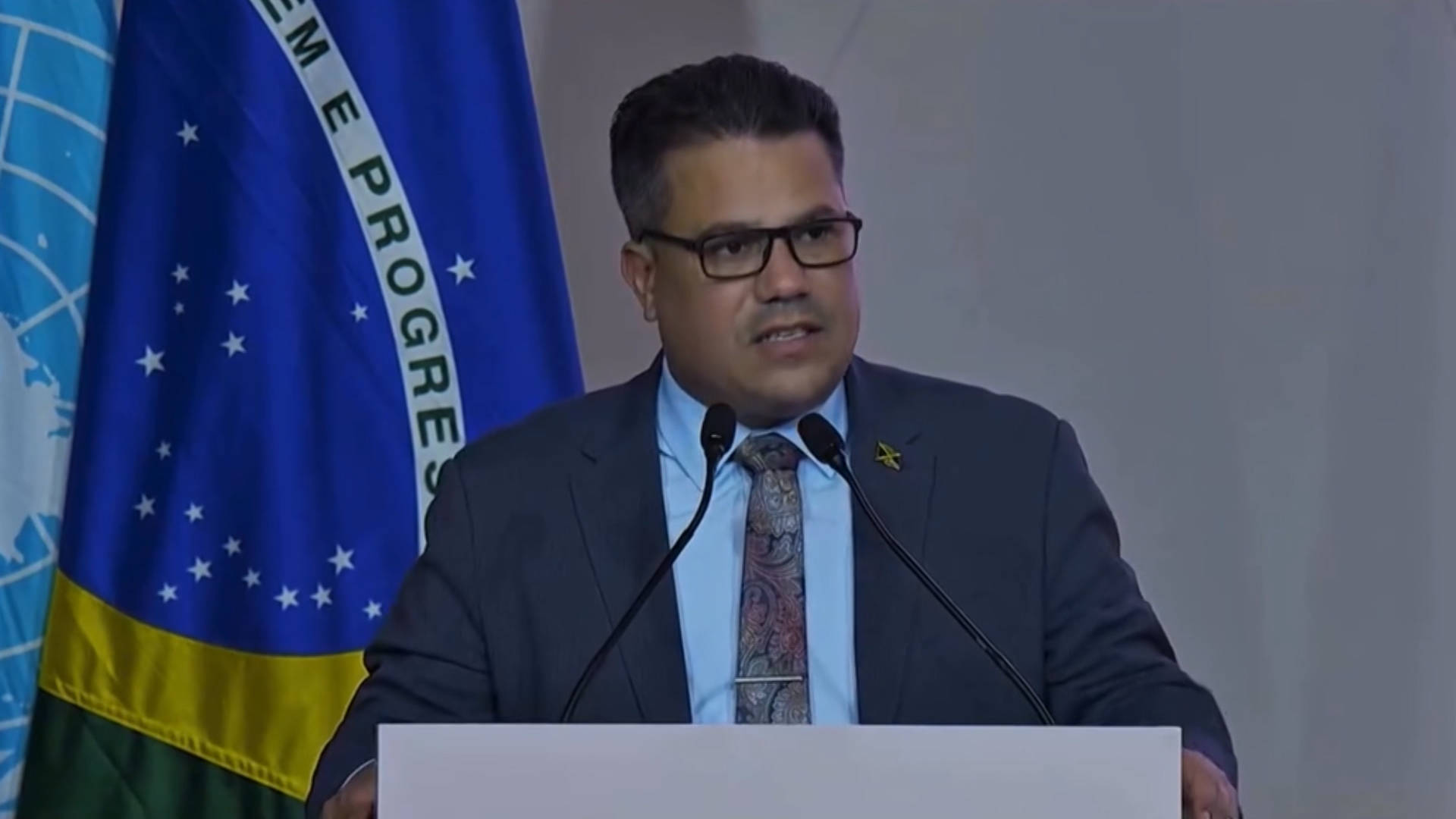FIS publishes new Waste Management Handbook for Snow Sports Events – FIS

Report on the FIS Waste Management Handbook and its Alignment with Sustainable Development Goals
The Imperative for Sustainable Waste Management in Alignment with SDG 12
Data indicates an urgent need for structured waste management at large outdoor events to advance global sustainability targets. A 2016 McKinley report found that attendees at major outdoor events generate an average of 1.89 kg of waste daily, with 68% directed to landfills. This level of waste generation directly contravenes the principles of Sustainable Development Goal 12 (Responsible Consumption and Production). In response, the International Ski and Snowboard Federation (FIS) has developed the Waste Management Handbook for Snow Sports Events to provide a framework for minimizing the environmental footprint of its events and promoting circular economy principles.
Strategic Framework of the Handbook
The handbook provides a comprehensive, four-part methodology for developing and implementing an effective waste management plan, contributing to several SDGs.
- Section A: Waste Identification and Classification
This initial phase involves the systematic identification, documentation, and categorization of all waste streams generated by an event. The resulting classification table is a critical tool for planning disposal methods that align with the waste hierarchy, a core component of SDG 12.
- Section B: Core Principles of Waste Management
This section operationalizes the principles of effective waste management, ranked by impact. It focuses on strategies to reduce, reuse, and recycle, directly supporting the targets of SDG 12 by minimizing waste generation at the source.
- Section C: On-Site Implementation
Practical guidance is provided for event execution, including the strategic placement of labeled bins, efficient collection systems, and coordination with third-party disposal services. These actions are essential for mitigating pollution and protecting local ecosystems, contributing to SDG 11 (Sustainable Cities and Communities) and SDG 15 (Life on Land).
- Section D: Stakeholder Engagement and Communication
This section emphasizes the importance of education, communication, and stakeholder engagement. By fostering collaboration among organizers, attendees, and partners, it supports SDG 17 (Partnerships for the Goals) to achieve a collective commitment to sustainability.
Case Studies in Sustainable Event Management
The handbook highlights several events that have successfully implemented innovative waste-reduction strategies, serving as practical models for achieving sustainability goals.
- FIS Nordic World Ski Championship, Trondheim, Norway: Focused on source reduction and material reuse, demonstrating a commitment to resource efficiency as outlined in SDG 12.
- 2017 Nordic Skiing World Championships, Lahti, Finland: Adopted a circular economy approach by replacing single-use plastics with paperboard alternatives, directly addressing plastic pollution and promoting responsible production.
- 2025 FIS Alpine World Ski Championships, Saalbach: Utilized advanced technology, including AI and multispectral cameras, for precise waste sorting. This application of technology supports SDG 9 (Industry, Innovation, and Infrastructure).
Waste Management as a Key Contributor to Global Goals
Ineffective waste management is a significant driver of major environmental crises, including climate change, pollution, and biodiversity loss. These issues are central to the UN’s Sustainable Development Goals. The FIS Waste Management Handbook provides a targeted strategy for the snow sports community to mitigate its environmental and social impacts, thereby making a direct contribution to multiple SDGs, including:
- SDG 6 (Clean Water and Sanitation): Preventing land and water pollution from event waste.
- SDG 13 (Climate Action): Reducing greenhouse gas emissions from landfills.
- SDG 14 (Life Below Water) and SDG 15 (Life on Land): Protecting biodiversity from the harmful effects of pollution.
By implementing the handbook’s guidelines, snow sports events can transition from being significant waste generators to becoming platforms for promoting sustainable practices and advancing the global sustainability agenda.
1. Which SDGs are addressed or connected to the issues highlighted in the article?
The article on the FIS Waste Management Handbook for Snow Sports Events addresses and connects to several Sustainable Development Goals (SDGs). The primary focus on waste reduction and management directly links to goals concerning responsible consumption, sustainable communities, and environmental protection. The article explicitly mentions that waste intersects with social challenges highlighted by the SDGs, including well-being, clean water, and resource depletion, and environmental concerns like climate change, pollution, and biodiversity loss.
-
SDG 11: Sustainable Cities and Communities
The article focuses on managing waste generated by large-scale events, which are often held in or near communities. By providing a framework to reduce the environmental footprint of these events, it contributes to making host communities more sustainable.
-
SDG 12: Responsible Consumption and Production
This is the most central SDG to the article. The entire handbook is designed to promote sustainable practices, specifically by reducing waste generation through prevention, reduction, reuse, and recycling at snow sports events.
-
SDG 13: Climate Action
The article directly links poor waste management to climate change. Waste in landfills generates methane, a potent greenhouse gas. By promoting strategies to reduce landfill waste, the initiative contributes to climate action.
-
SDG 6: Clean Water and Sanitation
The article mentions that waste management intersects with the challenge of “clean water.” Improper waste disposal, especially landfilling, can lead to water pollution through leachate, contaminating ground and surface water sources.
-
SDG 17: Partnerships for the Goals
The development and dissemination of the handbook is a collaborative effort. FIS is empowering a network of stakeholders, including “Local Organizing Committees, National Ski Associations (NSAs), and the broader global community,” to work together towards a common sustainability goal.
2. What specific targets under those SDGs can be identified based on the article’s content?
The article’s content points to several specific targets under the identified SDGs, focusing on the practical actions and goals of the waste management handbook.
-
Target 12.5: Substantially reduce waste generation
By 2030, substantially reduce waste generation through prevention, reduction, recycling and reuse. The article is entirely focused on this target. It highlights examples like the Trondheim event, which focused on “reusing materials wherever possible,” and the Lahti event, which adopted a “circular economy approach” by replacing single-use plastics. The handbook’s core principles are centered on achieving this reduction.
-
Target 11.6: Reduce the environmental impact of cities
By 2030, reduce the adverse per capita environmental impact of cities, including by paying special attention to air quality and municipal and other waste management. The article cites a statistic that “each attendee at large outdoor events generates an average of 1.89 kg of waste per day.” The handbook aims to reduce this per capita environmental impact by providing a “practical and effective waste management plan” for events hosted in various communities.
-
Target 12.8: Promote awareness for sustainable lifestyles
By 2030, ensure that people everywhere have the relevant information and awareness for sustainable development and lifestyles in harmony with nature. Section D of the handbook is explicitly dedicated to “education, clear communication, and active stakeholder engagement,” which directly aligns with this target of raising awareness to foster more sustainable events.
-
Target 17.17: Encourage effective partnerships
Encourage and promote effective public, public-private and civil society partnerships. The initiative itself is an example of this target in action. FIS is creating a tool to foster partnerships between international sports federations, National Ski Associations, and Local Organizing Committees to achieve shared sustainability objectives.
3. Are there any indicators mentioned or implied in the article that can be used to measure progress towards the identified targets?
Yes, the article mentions and implies several quantitative and qualitative indicators that can be used to measure progress towards the identified targets.
-
Waste Generated per Attendee
The article explicitly states that “each attendee at large outdoor events generates an average of 1.89 kg of waste per day.” This figure serves as a direct, measurable indicator. Progress can be tracked by measuring the reduction in this per capita waste generation at events that implement the handbook’s guidelines.
-
Waste Diversion Rate from Landfills
A key problem highlighted is that “approximately 68% [of waste] ending up in landfills.” An implied indicator is the waste diversion rate, which measures the percentage of total waste that is reused, recycled, or composted instead of being sent to a landfill. Increasing this rate would be a primary measure of success.
-
Waste Classification and Tracking
Section A of the handbook calls for the use of a “waste classification table” to identify, document, and categorize all types and sources of waste. This table itself is a tool for measurement, providing detailed data that can be used as an indicator of the types and volumes of waste being managed.
-
Adoption of Waste Reduction Strategies
The article mentions specific strategies like reusing materials (Trondheim), adopting circular economy approaches (Lahti), and using technology for sorting (Saalbach). The adoption rate of these and other innovative strategies by event organizers can serve as a qualitative indicator of progress.
4. Create a table with three columns titled ‘SDGs, Targets and Indicators” to present the findings from analyzing the article.
| SDGs | Targets | Indicators |
|---|---|---|
| SDG 12: Responsible Consumption and Production | Target 12.5: Substantially reduce waste generation through prevention, reduction, recycling and reuse. |
|
| SDG 11: Sustainable Cities and Communities | Target 11.6: Reduce the adverse per capita environmental impact of cities, including… waste management. |
|
| SDG 12: Responsible Consumption and Production | Target 12.8: Ensure people have relevant information and awareness for sustainable development. |
|
| SDG 17: Partnerships for the Goals | Target 17.17: Encourage and promote effective public, public-private and civil society partnerships. |
|
| SDG 13: Climate Action | Combat climate change and its impacts. |
|
Source: fis-ski.com
What is Your Reaction?
 Like
0
Like
0
 Dislike
0
Dislike
0
 Love
0
Love
0
 Funny
0
Funny
0
 Angry
0
Angry
0
 Sad
0
Sad
0
 Wow
0
Wow
0














































































